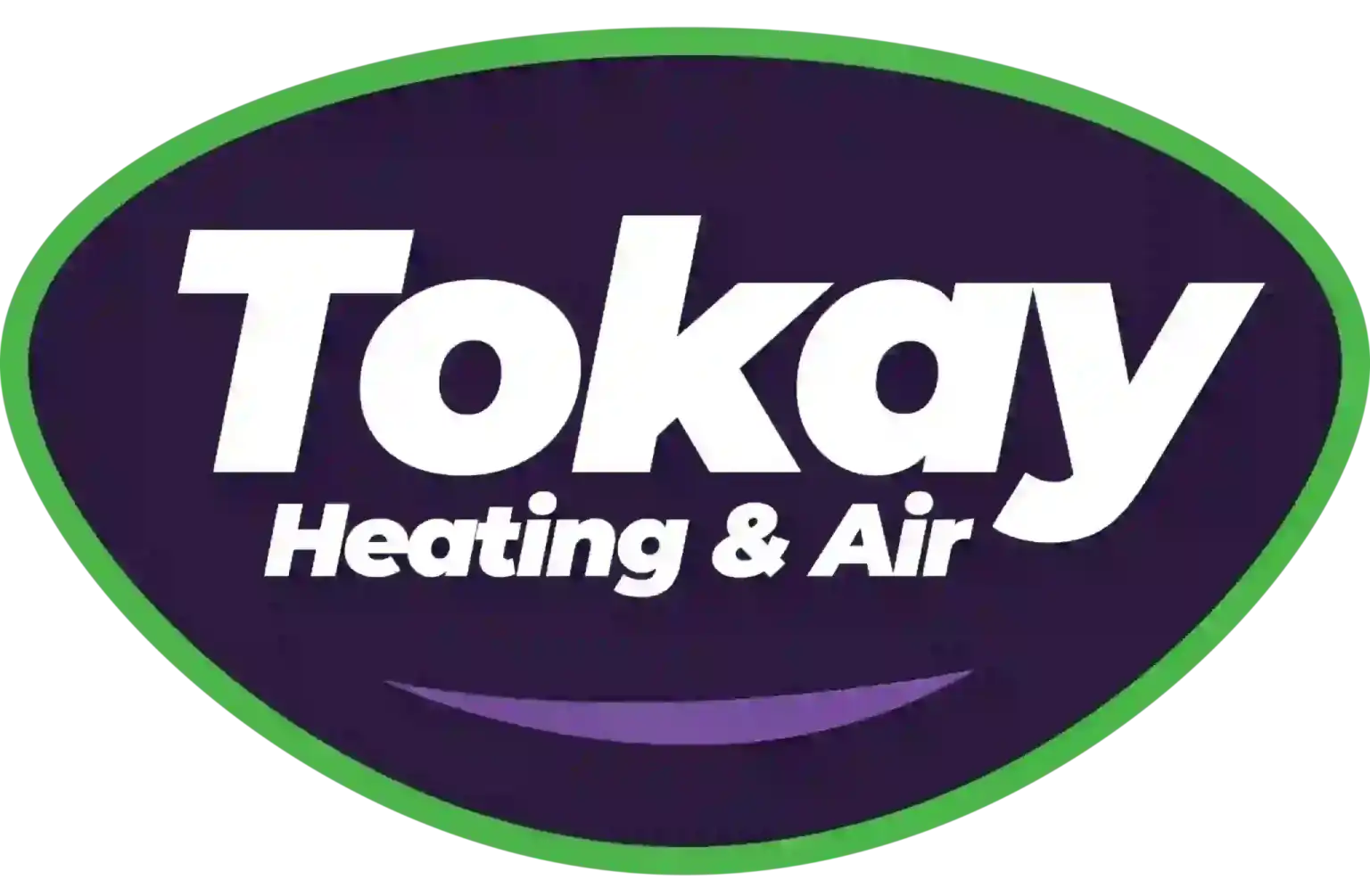When Do I Replace My 15-Year-Old AC System?
With ample upkeep, your air conditioner will provide worry-free service for a long time. But, similar to any other appliance in your residence, it will at some point need replacement. Knowing when to get a new one is important to prevent pricey repairs, expensive energy bills and interrupted comfort.
When it includes being cool and your home’s energy efficiency, our Tokay Heating & Air specialists have your best interests at heart. There’s a lot that goes into figuring out when your air conditioner requires replacement. Here are a few points you should consider when you’re thinking about replacing your 15-year-old air conditioner.
- Age: In most instances, the Department of Energy says many air conditioners last for 15–20 years. If yours is 15 years old, it’s well past the halfway point. It’s wise to get started preparing for air conditioning installation before it wears out so you aren’t sweating while you’re waiting for a new one.
- Trustworthiness: How reliable is your air conditioner? Does it cool well, even on the warmest days? Or is it routinely malfunctioning? When your air conditioner becomes less reliable it’s time to start preparing to get an updated one.
- Repair Costs: Over your air conditioner’s life cycle, it’s normal for it to need a few minor repairs. But if your air conditioner repair cost is more than half the expenses of a new air conditioner, it’s recommended to just get a new one.
- Energy Efficiency: Every air conditioner has a SEER rating, which ranks how well it uses electricity to produce cold air. If your air conditioner was installed in 2006, it will be a minimum of 13 SEER per federal mandates. However, your air conditioner becomes inefficient as it wears out.
As of now, 15–18 SEER is a popular range, but efficiency can go as high as the mid-20s. Air conditioners with bigger SEER ratings are usually costlier but may pay for themselves over their life span through increased energy savings. And installing an energy-efficient air conditioner, especially one that’s an ENERGY STAR® air conditioner, can make you eligible for added rebates. - Comfort: Are you cool when your air conditioner is on? Or are you constantly dialing down the temperature to stay cool? An older air conditioner could have problems keeping your house comfy as a result of reduced efficiency. A modern air conditioner, particularly a variable-speed air conditioner, can minimize high humidity and hot and cold spots. Instead of cooling at full speed continuously, these air conditioners operate at multiple speeds to fine-tune your comfort.
- Noise: Your air conditioner should deliver cooling you can feel, not hear. If noise is a concern, check with us about upgrading to a variable-speed air conditioner. Many of these air conditioners operate at a sound level that’s like a regular conversation.
- Smart Thermostat Compatibility: Adding a smart thermostat is a good method to maximize your energy efficiency, with minimal effort needed from you. And, depending on the rebates offered by your utility company, you might be able to get a free smart thermostat or get one for not much. Most of these thermostats can adjust to your temperature preferences and then develop an energy-efficient schedule to match. They also know when you’re at home or away and change temperatures as necessary.
If you use an aging air conditioner, a smart thermostat might not work with it. Installing a new air conditioner is a wise method to ensure smart thermostat compatibility. - Refrigerant Kind: If your air conditioner was installed before 2010, it probably runs on Freon®. Also known as R-22 refrigerant, Freon is no longer being manufactured because of its negative effects on the ozone layer. You can see if your air conditioner has R-22 by looking at the sticker on the outside unit, which will list the refrigerant type.
If your air conditioner is operating fine, you can keep on using it. However, if it ever has a refrigerant leak, repairing the problem will be costly. That’s since Freon is only available in limited, recycled amounts.
Newer air conditioners use Puron®, or R-410A. But you can’t just put Puron in a Freon air conditioner, as pressure requirements are different.
Our Technicians Make Air Conditioning Installation Stress-Free
If you’re still debating whether you should replace your 15-year-old air conditioner now, think over this. The Department of Energy says doing air conditioning replacement for a 10-year-old model can lead to 25–40% in energy savings! And those savings can really add up as time goes by.
We are aware that air conditioner cost is your number one question. That’s why collaborating with Tokay Heating & Air for air conditioning installation in Lodi and surrounding areas is easy and affordable. Our pros will help you find the right model for your needs and then discuss all the possibilities. These include special offers to help you save more and financing for qualified customers to make your new air conditioner work with your budget.
Reach us at (209) 257-3156 to request your free, no-pressure estimate right away!


